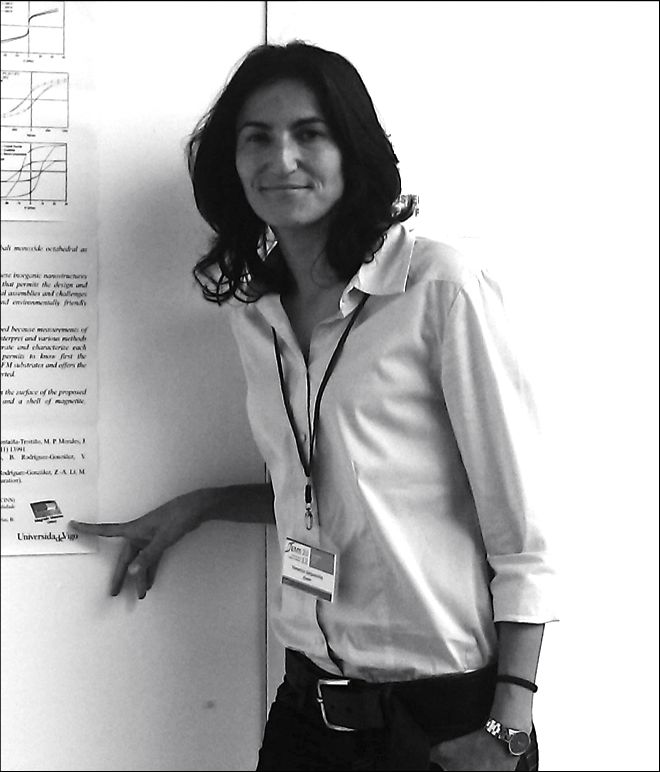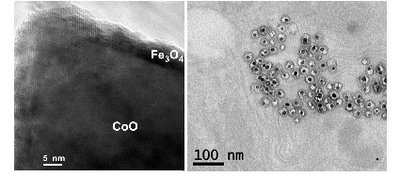Distinguished iNANO Lecture: Synthesis and Chemical Manipulation of Magnetic Nanoparticles
Assistant professor Verónica Salgueiriño, Department of Applied Physics, Vigo University, Spain
Info about event
Time
Location
iNANO auditorium (1593-012), Gustav Wieds Vej 14, 8000 Aarhus C

Assistant professor Verónica Salgueiriño, Department of Applied Physics, Vigo University, SpainSynthesis and Chemical Manipulation of Magnetic NanoparticlesNanoparticles of magnetic materials are very useful in different applications, on which the combination of chemistry and magnetic performance will determine their final purpose. Different examples of magnetic nanoparticles synthesized and manipulated by wet-chemistry methods will be detailed to demonstrate how to exert control over the final magnetic behavior and over the possible diversity of the ultimate functionalities. Thus, the metal cation chemical potential at the interface between two antiferromagnetic and ferrimagnetic oxides, captured as the dynamic variable, causes the effective magnetic anisotropy to increase and modify the final magnetic behavior. Alternatively, silica-coated magnetic nanoparticles offer a dual-agent formulation that can change the overall cytotoxicity and chemical degradation when interacting with cells and tissues. The variation in the cytotoxicity results, which correlate with the metal ions from the magnetic cores, stems from the inhomogeneity of the silica shell and consequent partial degradation of the nanoparticles once loaded into cell endosomes.
Examples of magnetic (hybrid CoO@Fe3O4 (left) and Fe3O4@SiO2 (right)) nanoparticles. References
__________ Host: Assistant professor Brigitte Städler, Interdisciplinary Nanoscience Center, Aarhus University |

